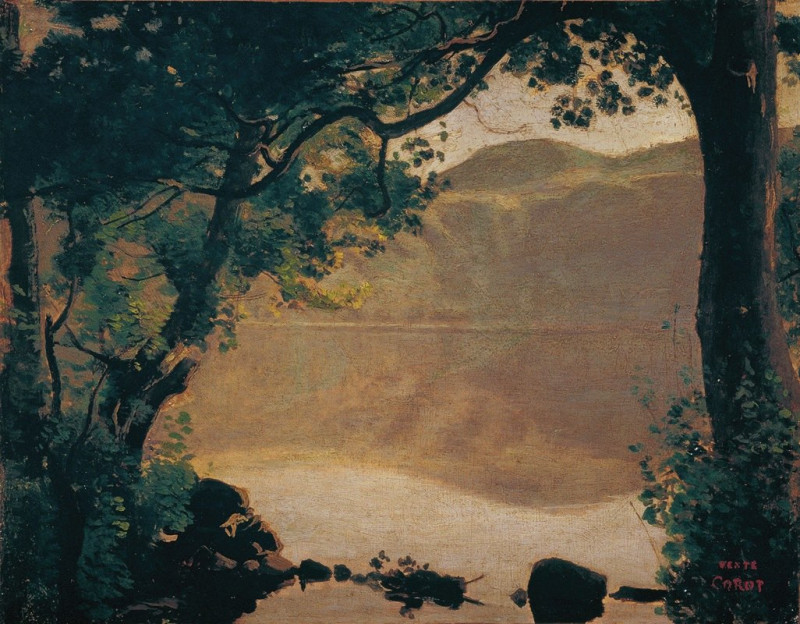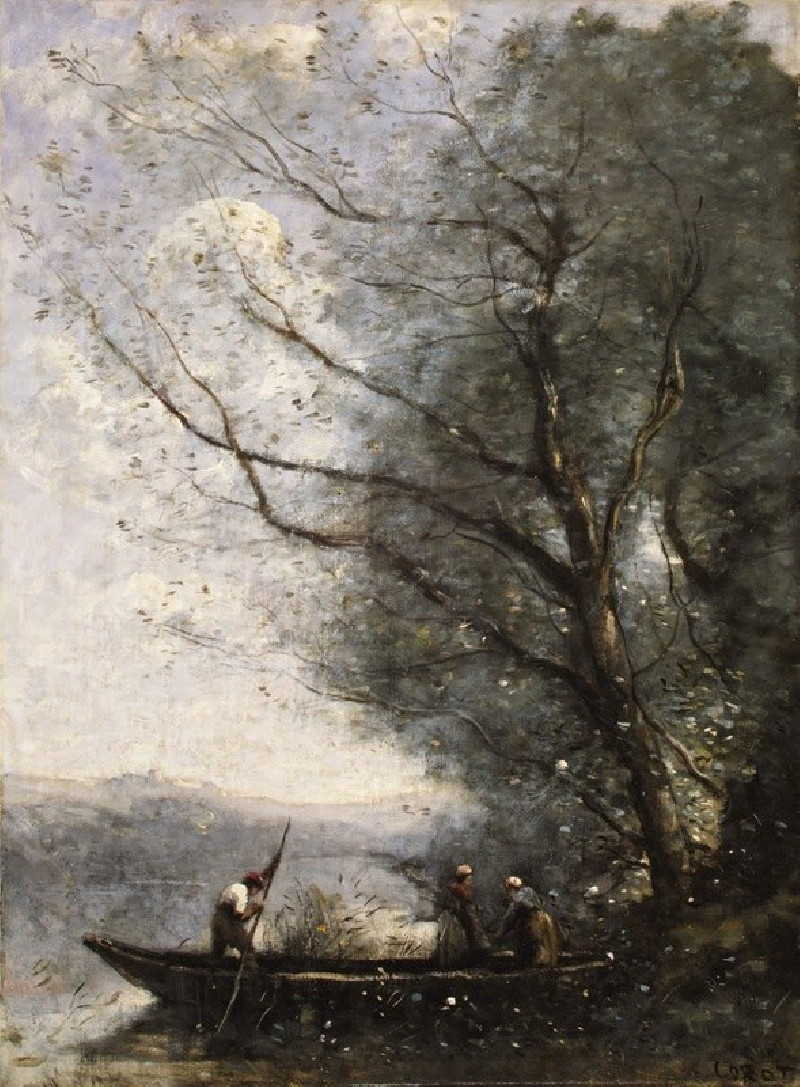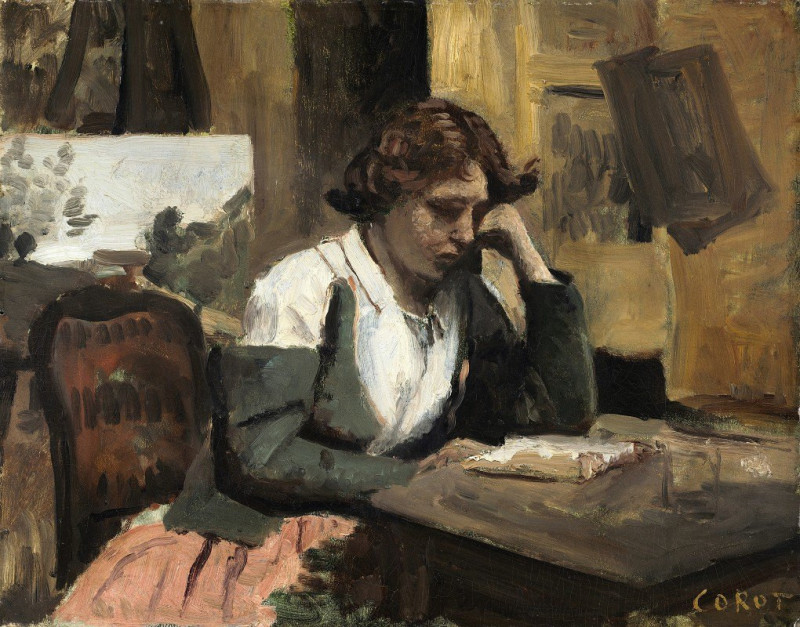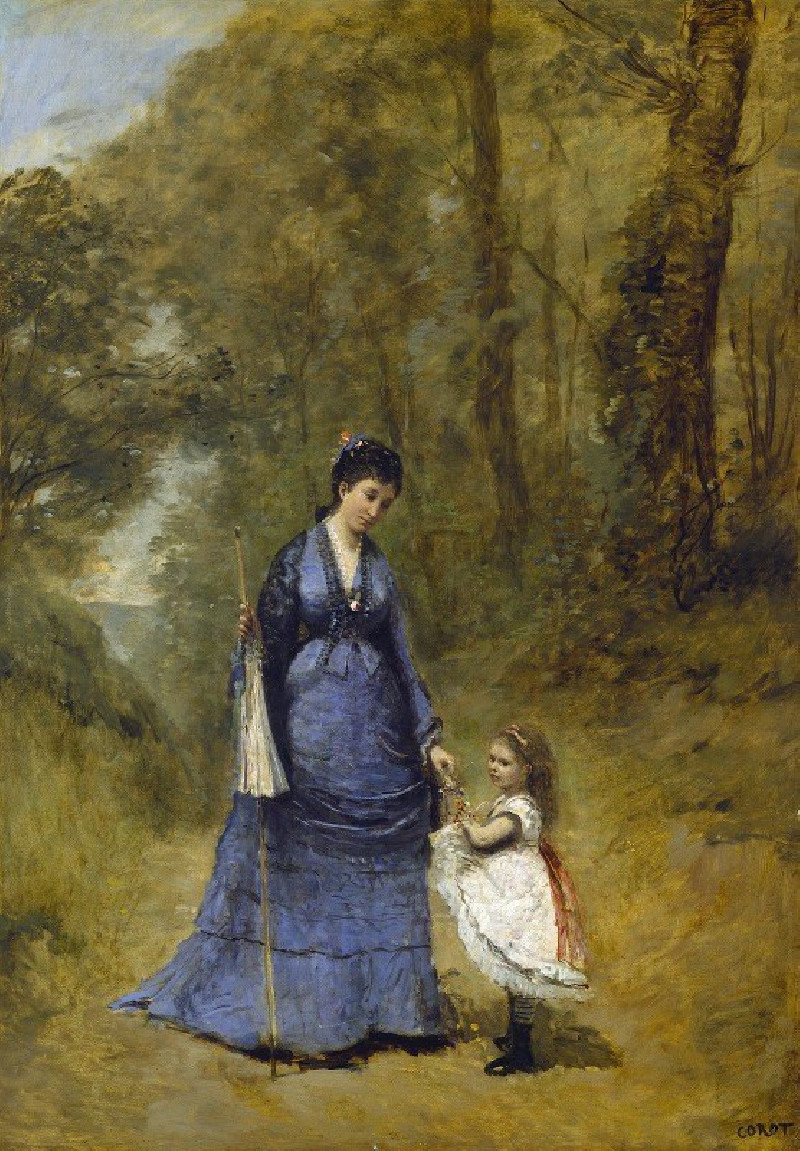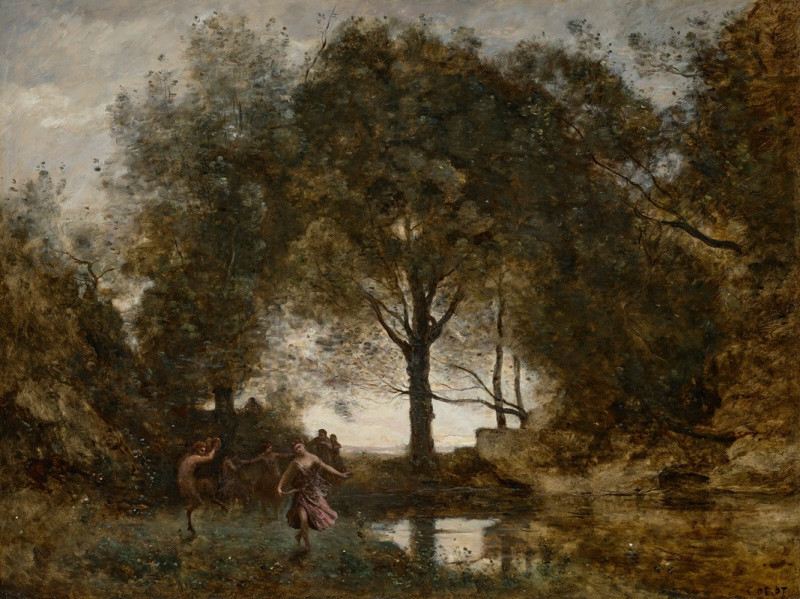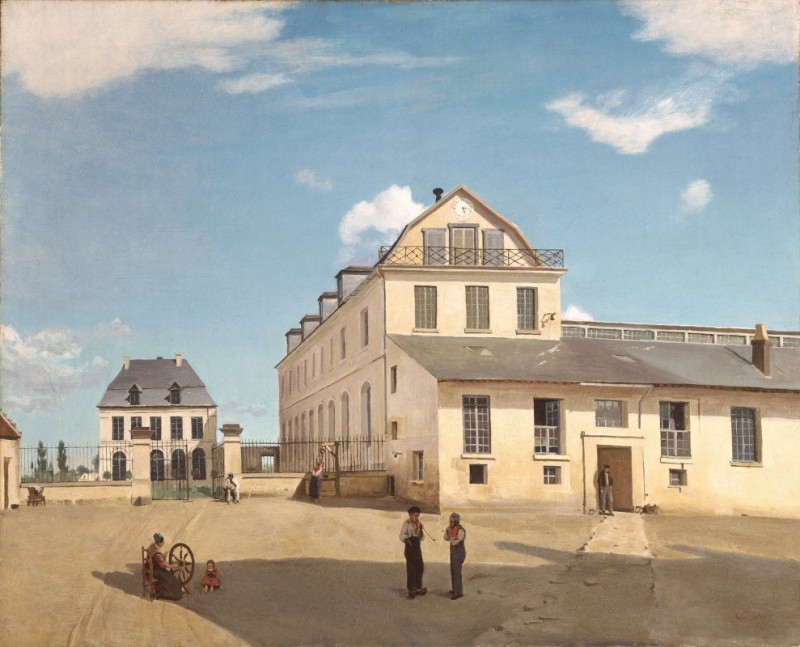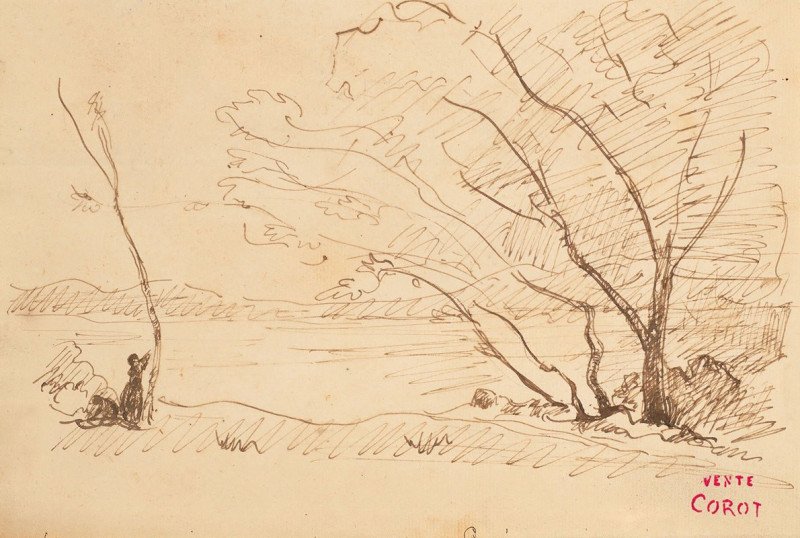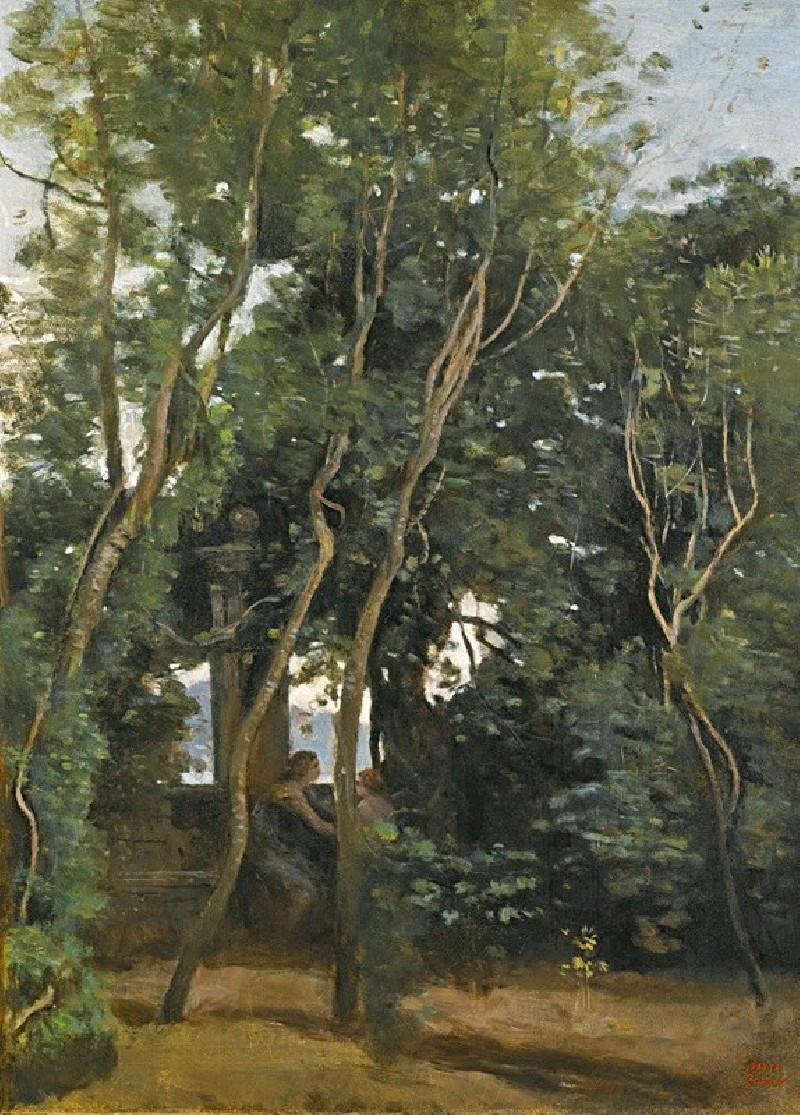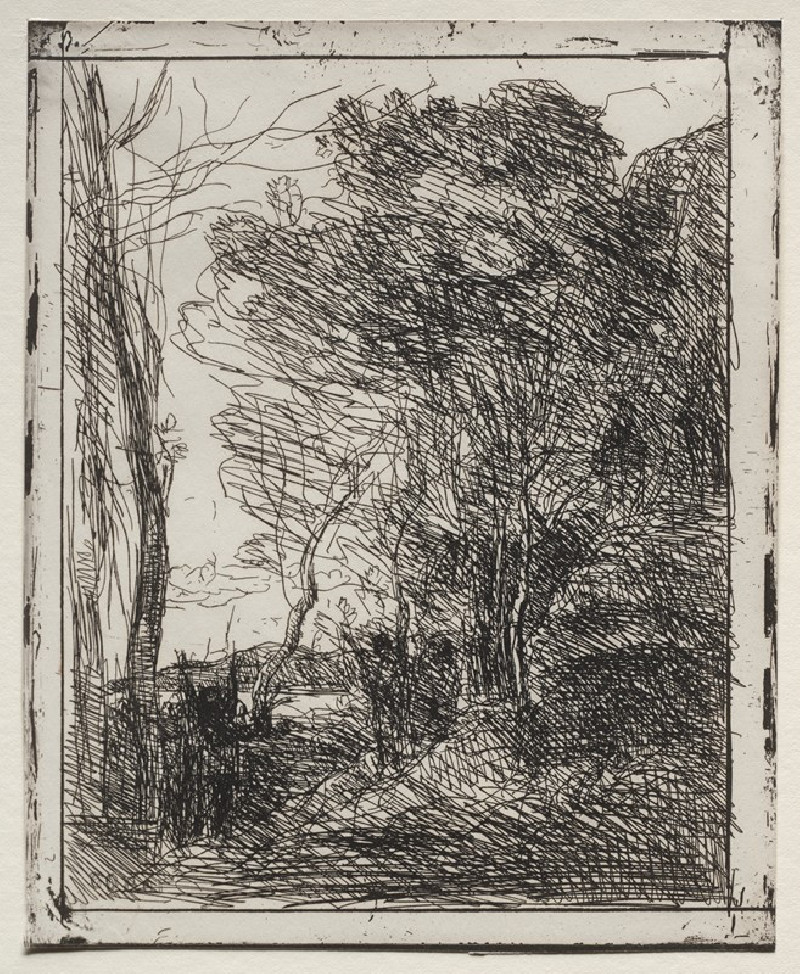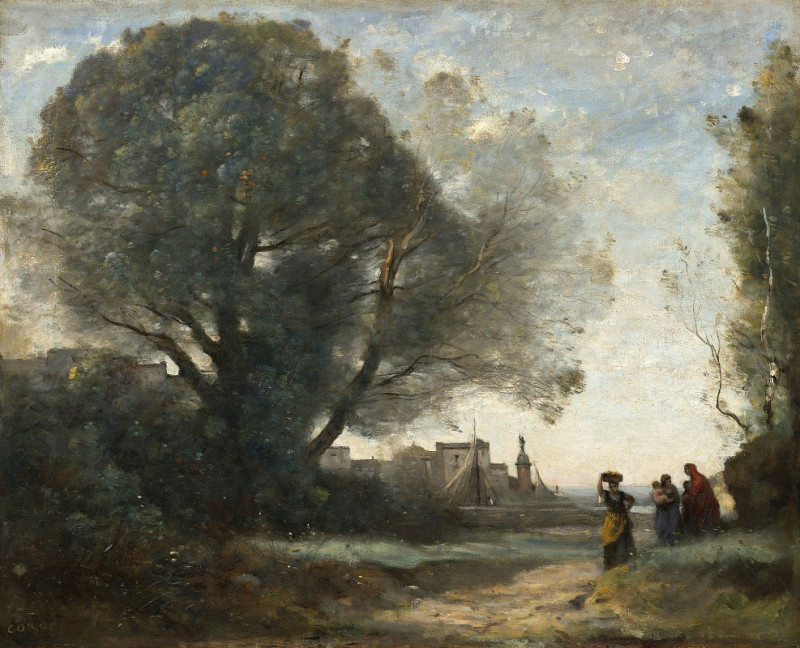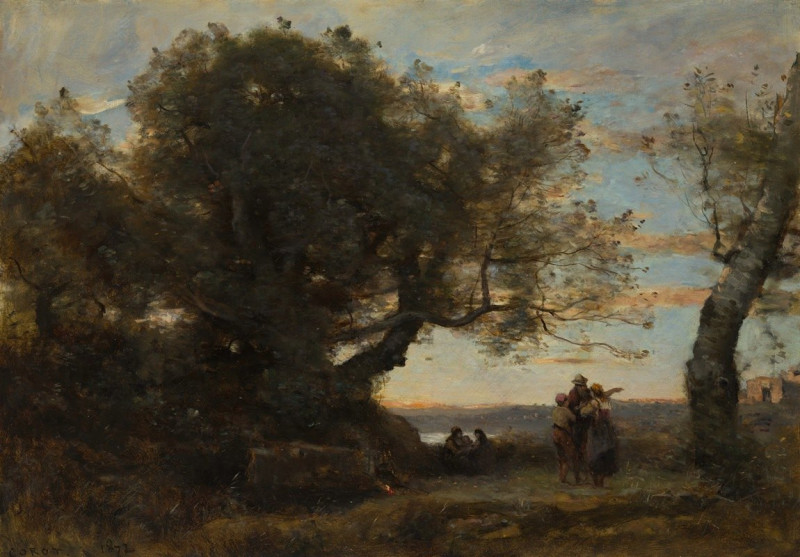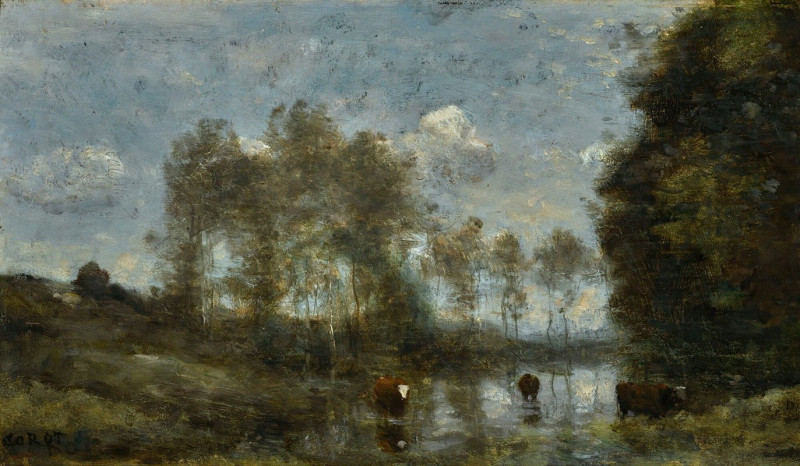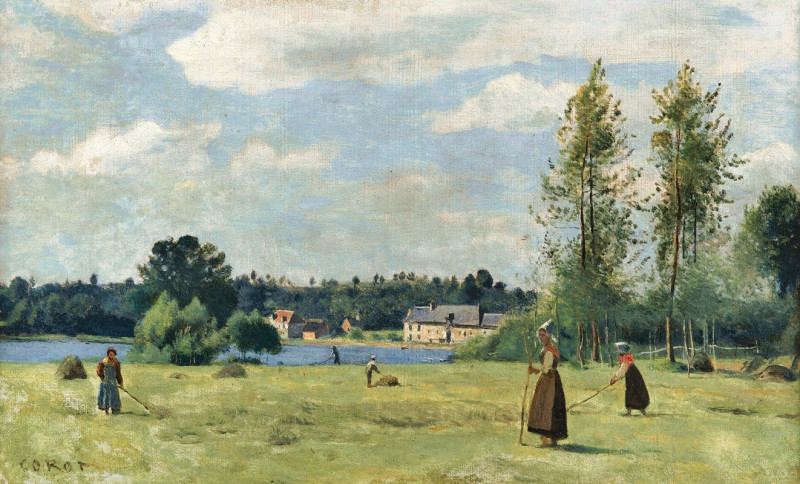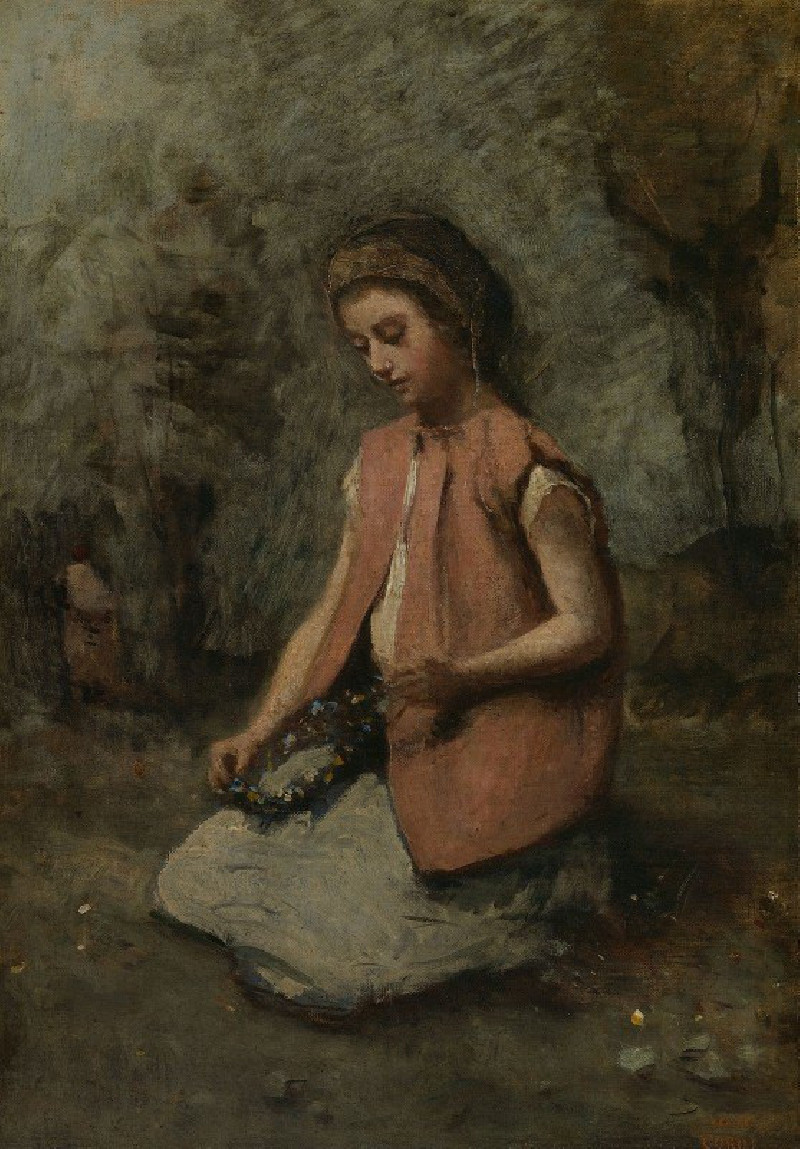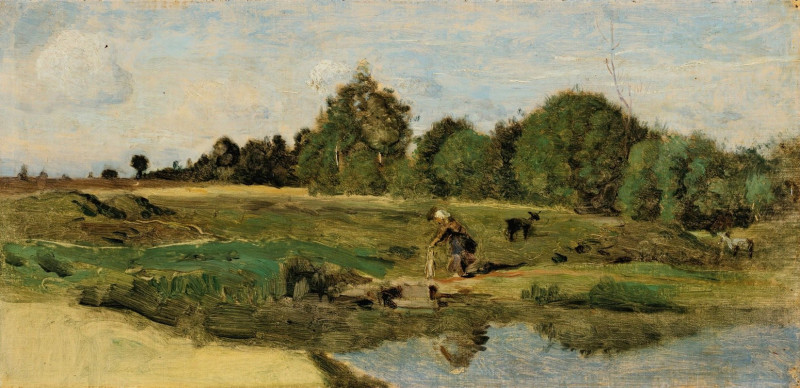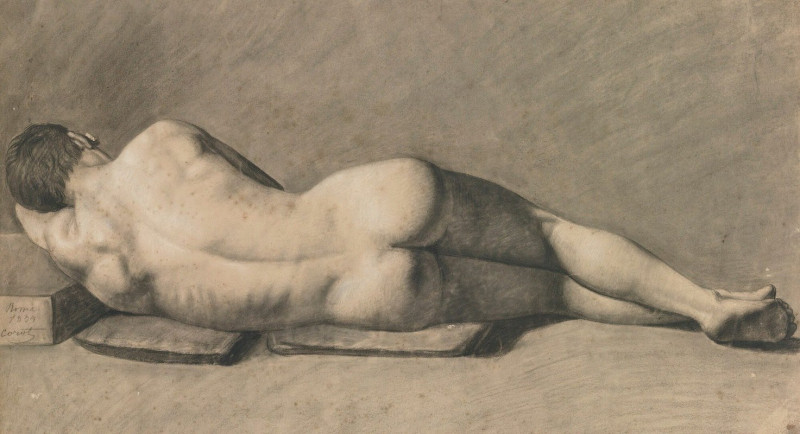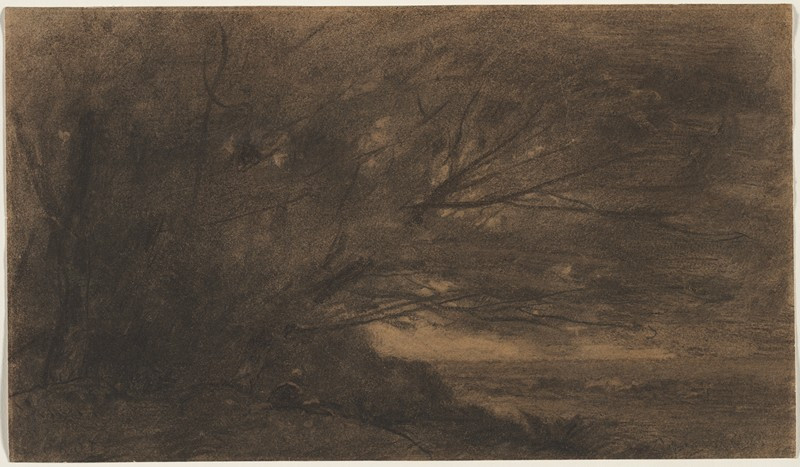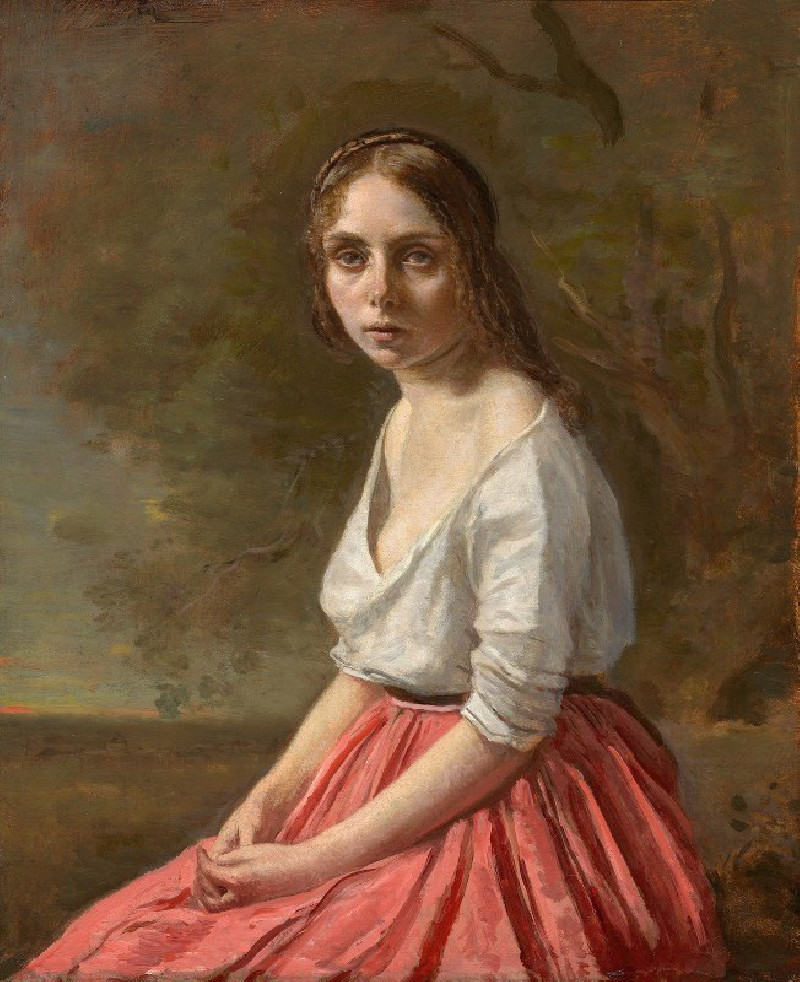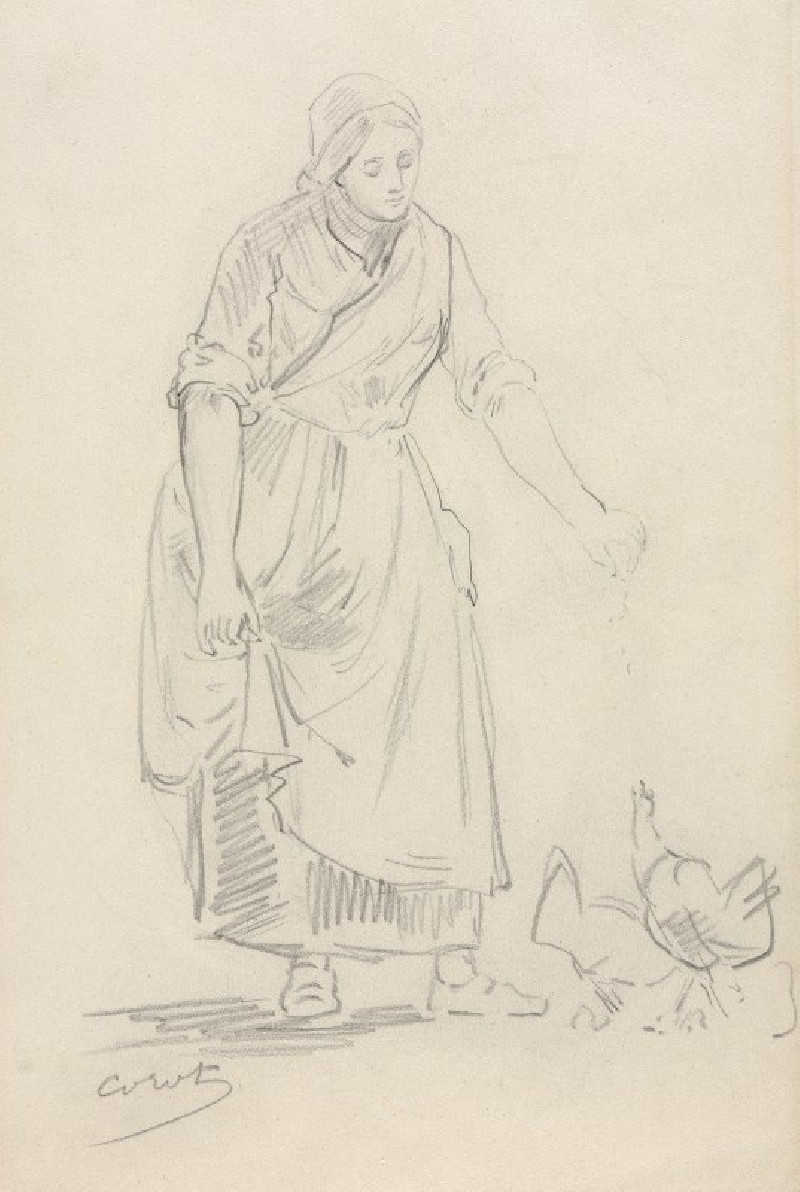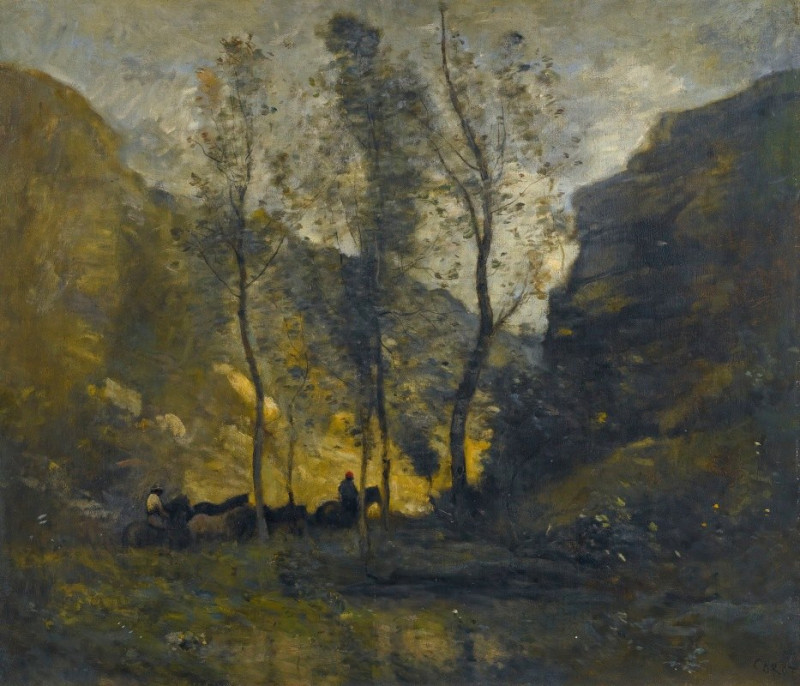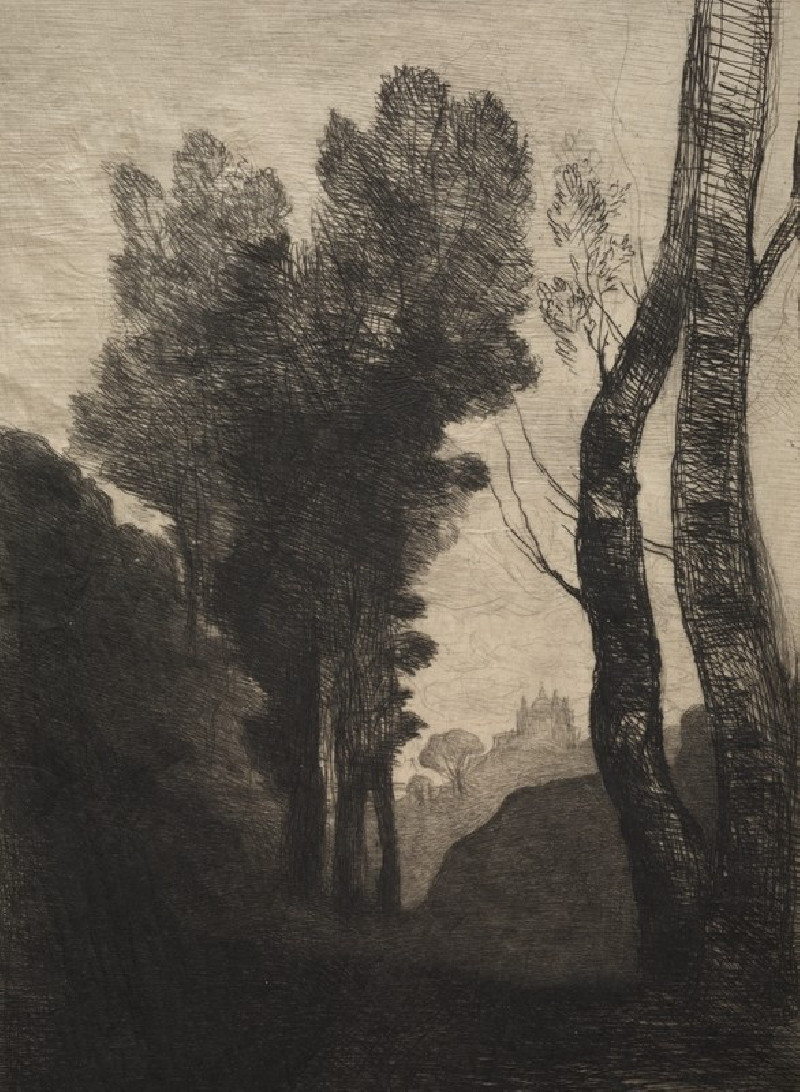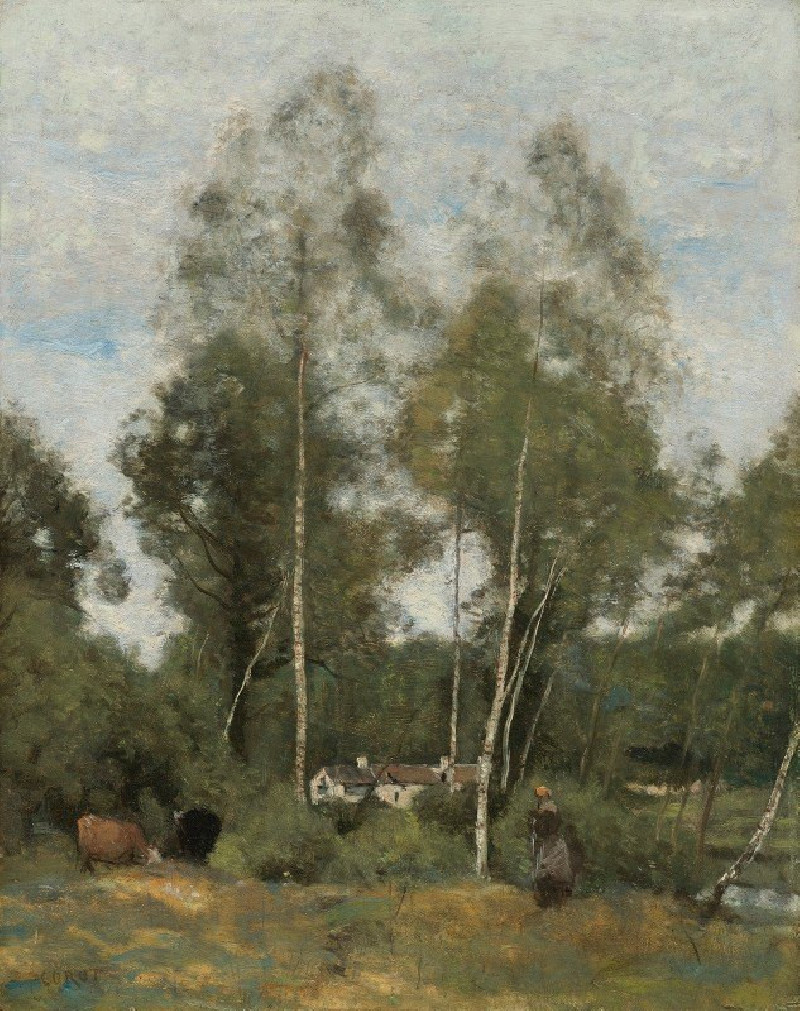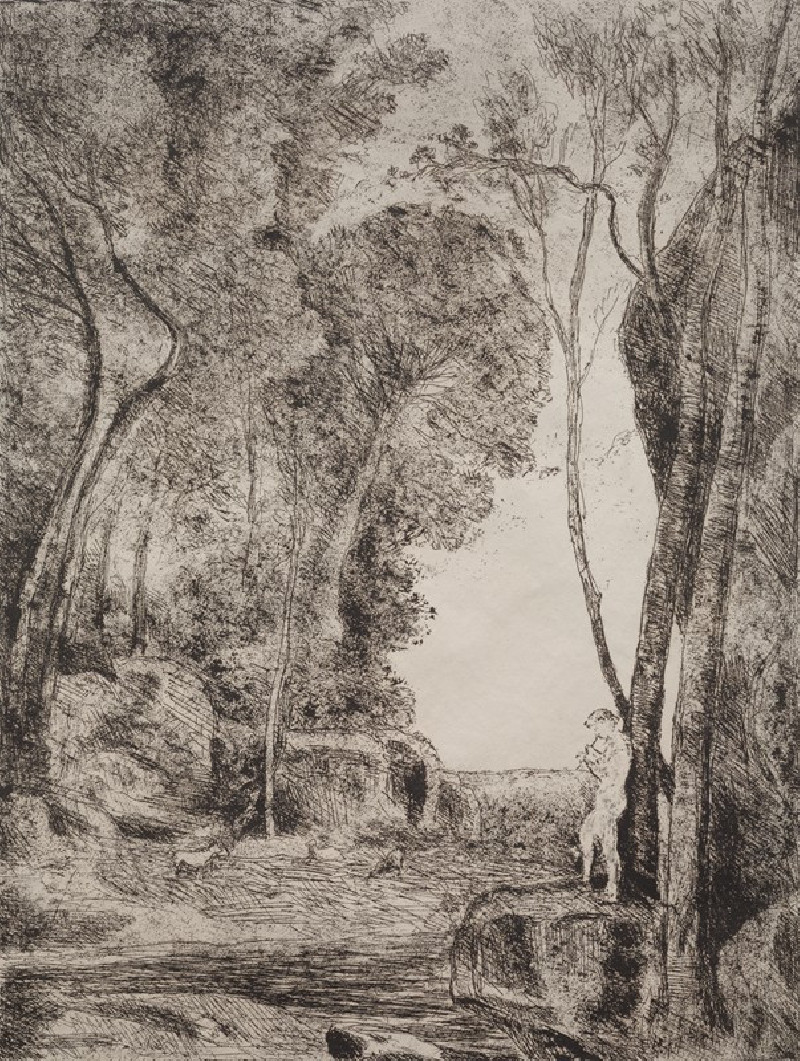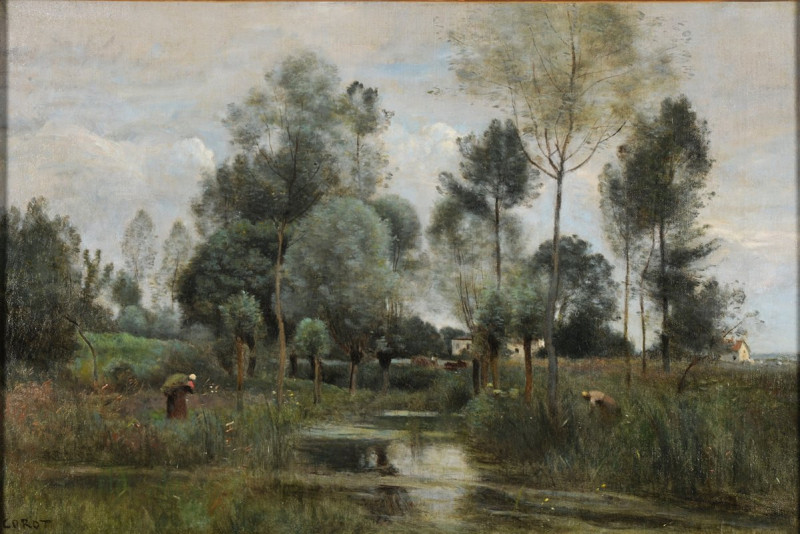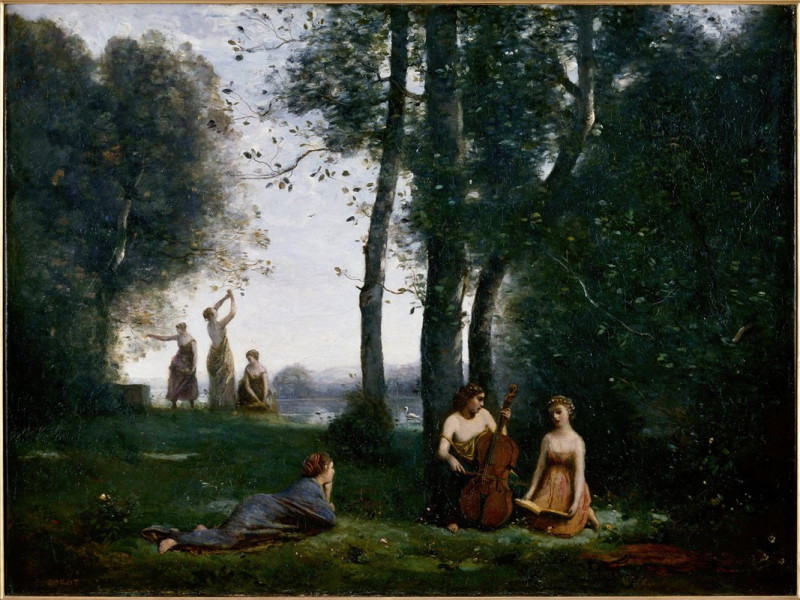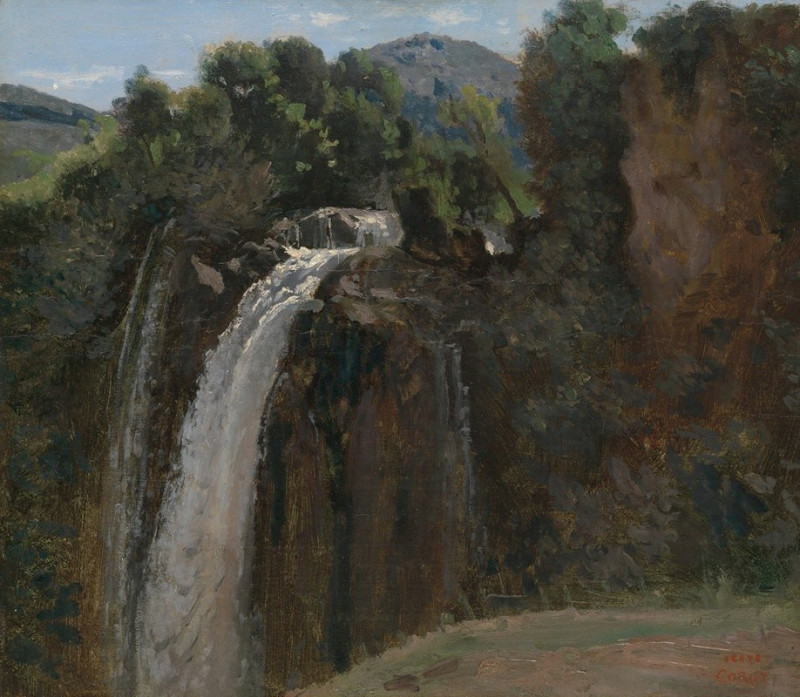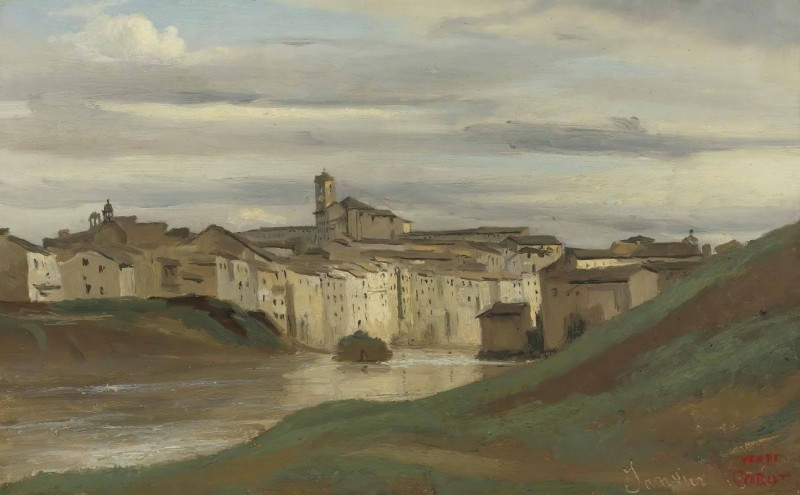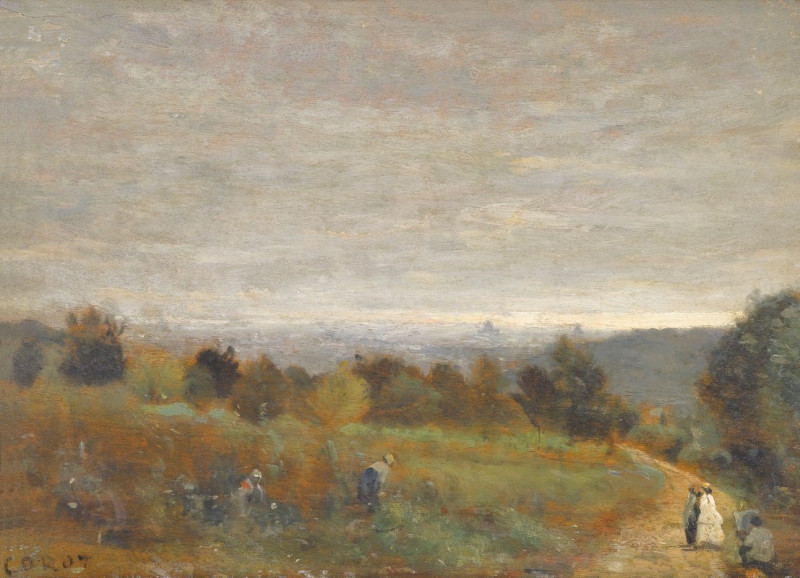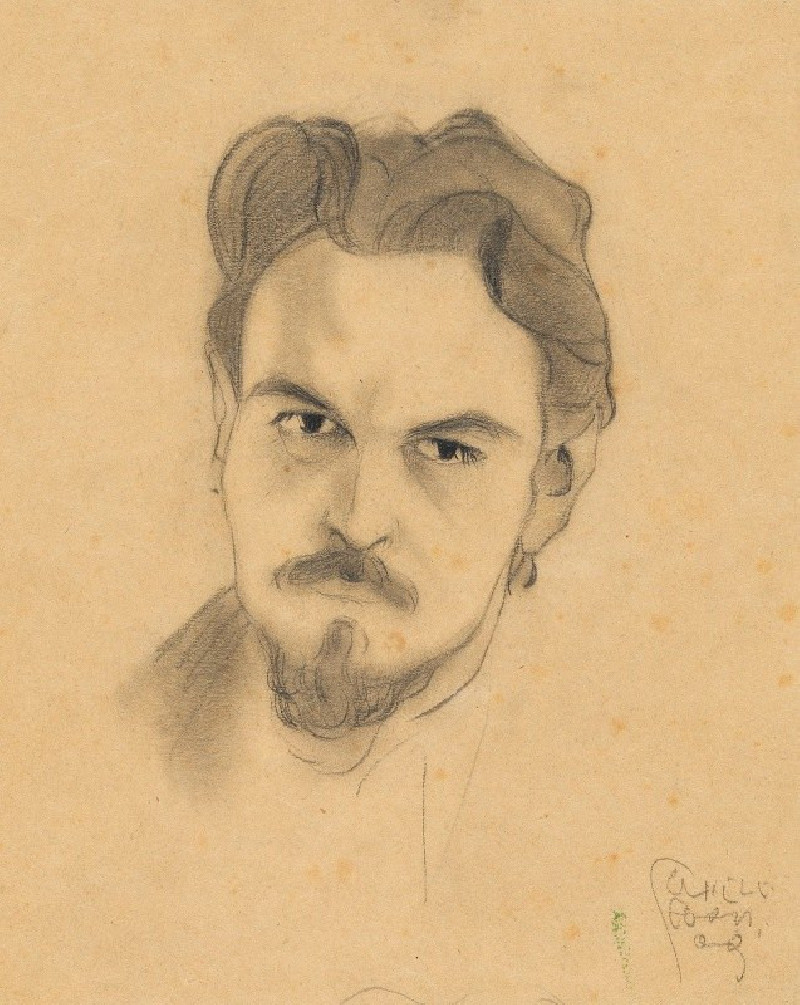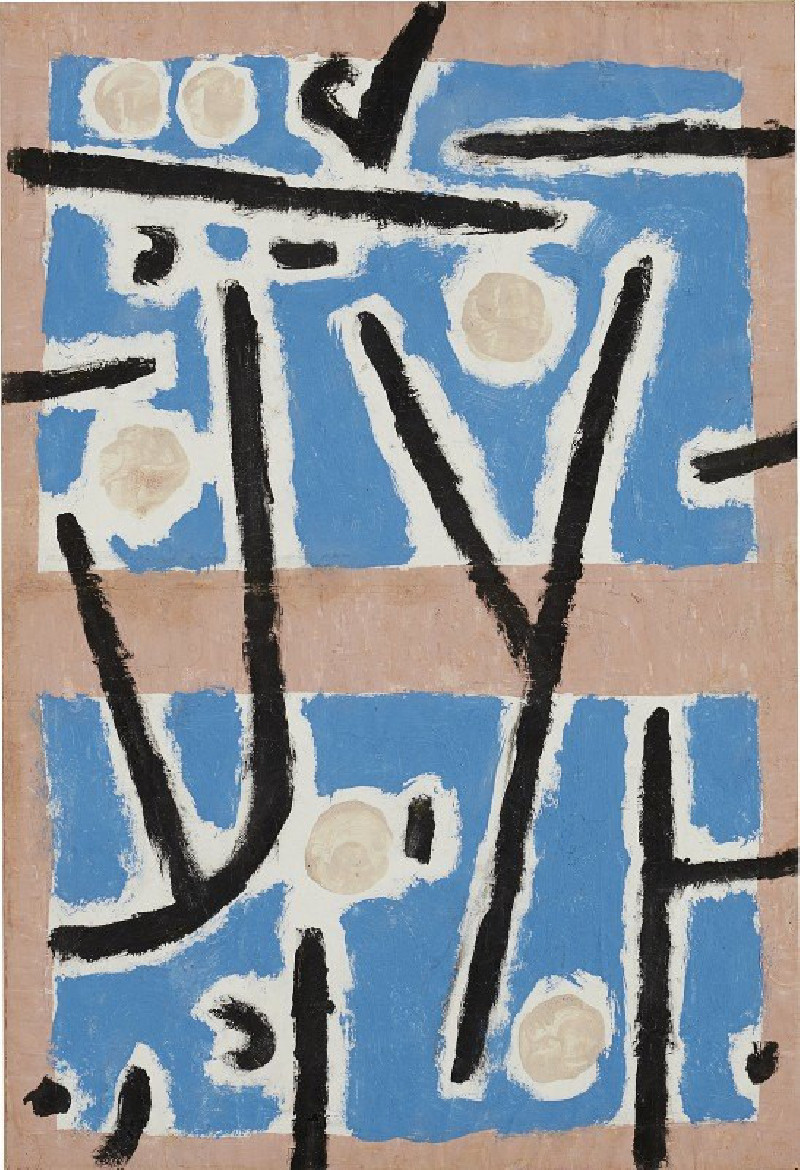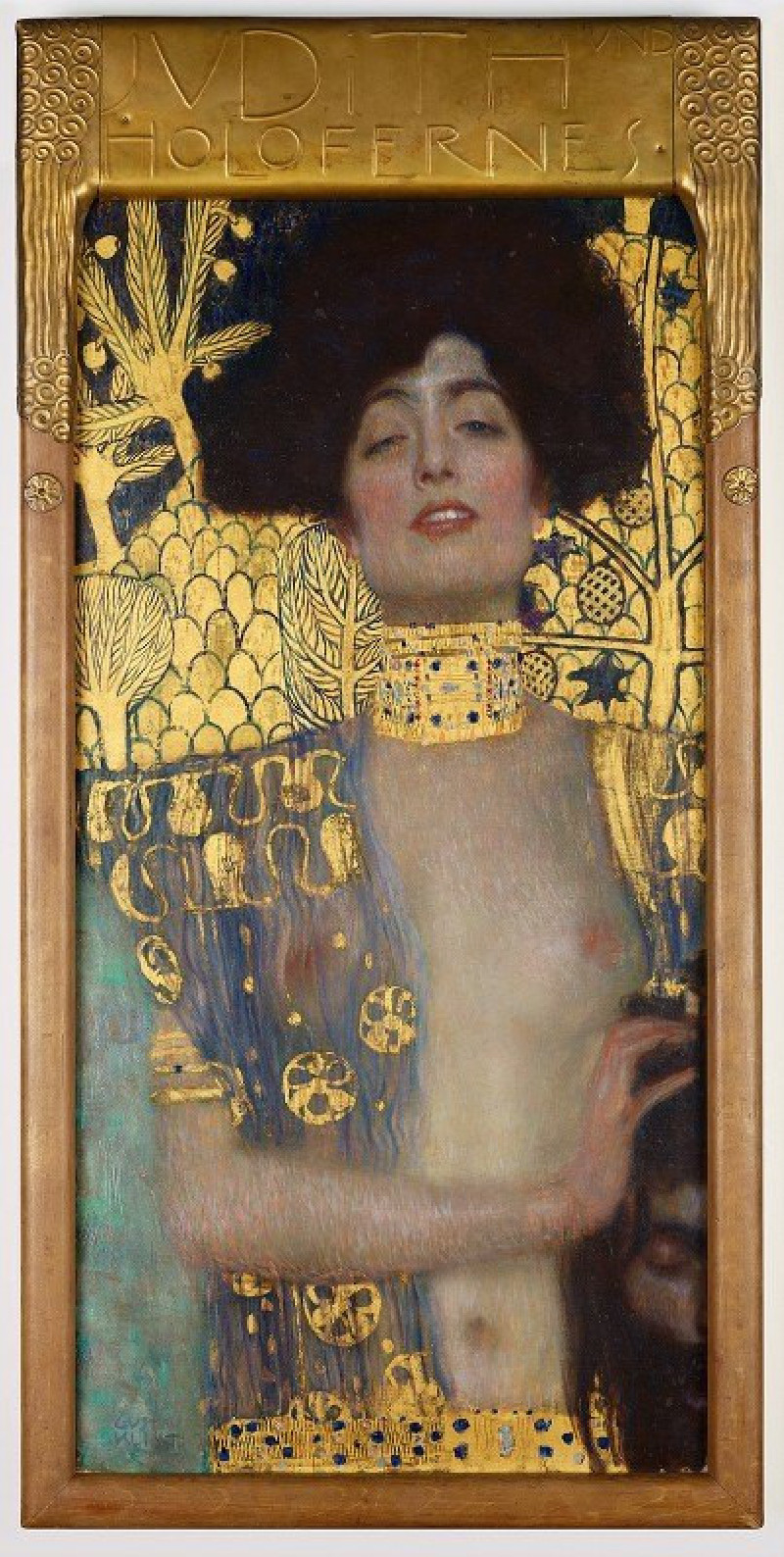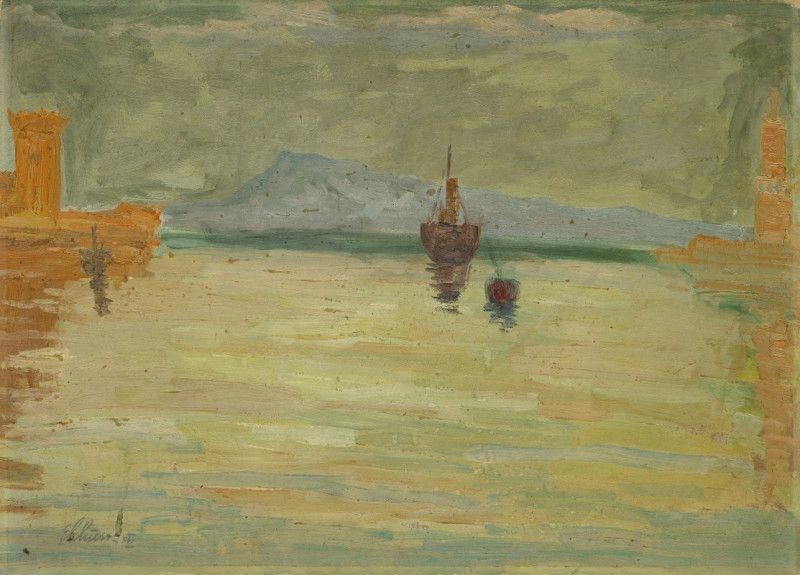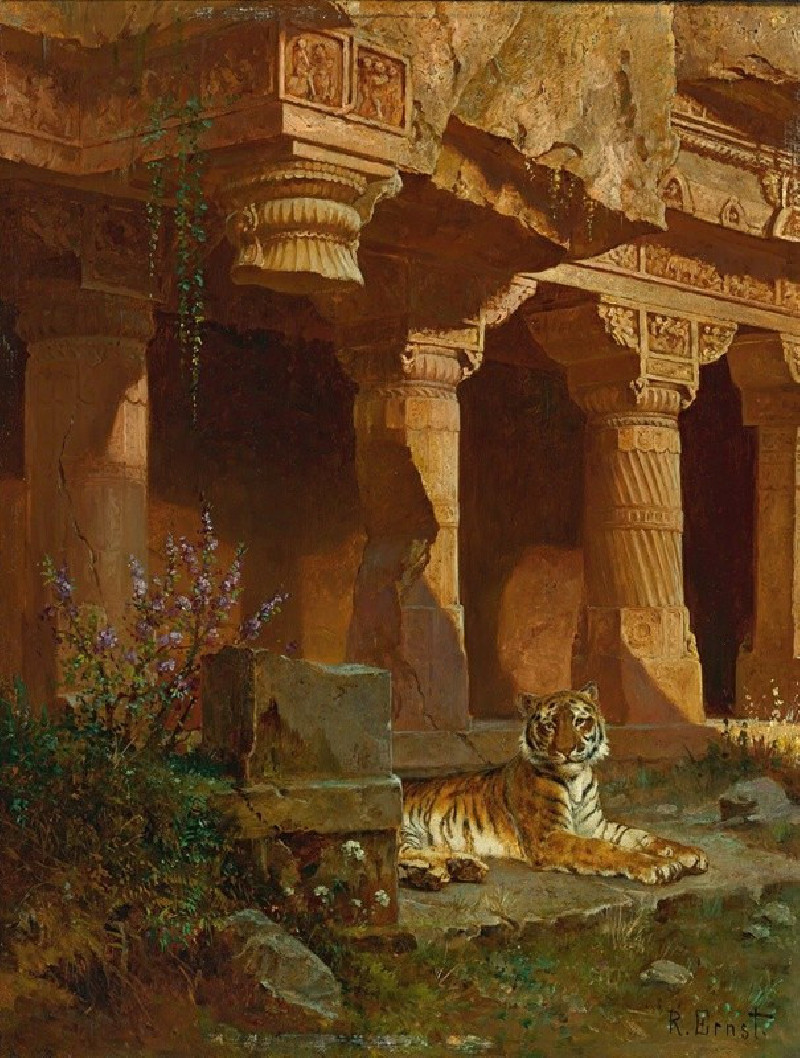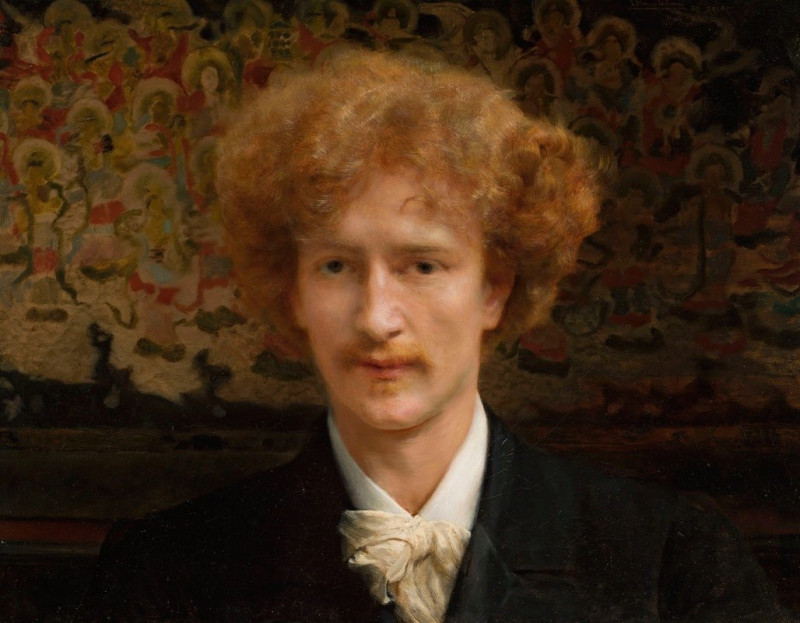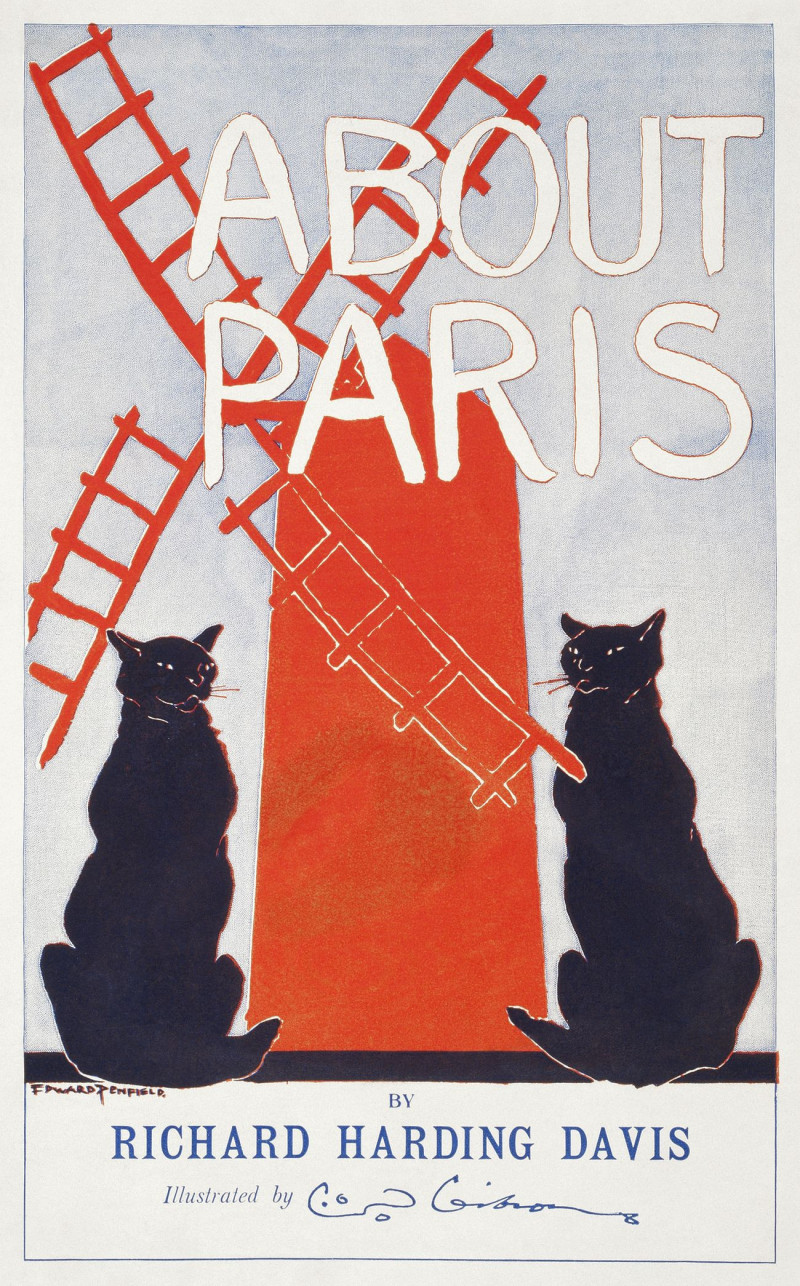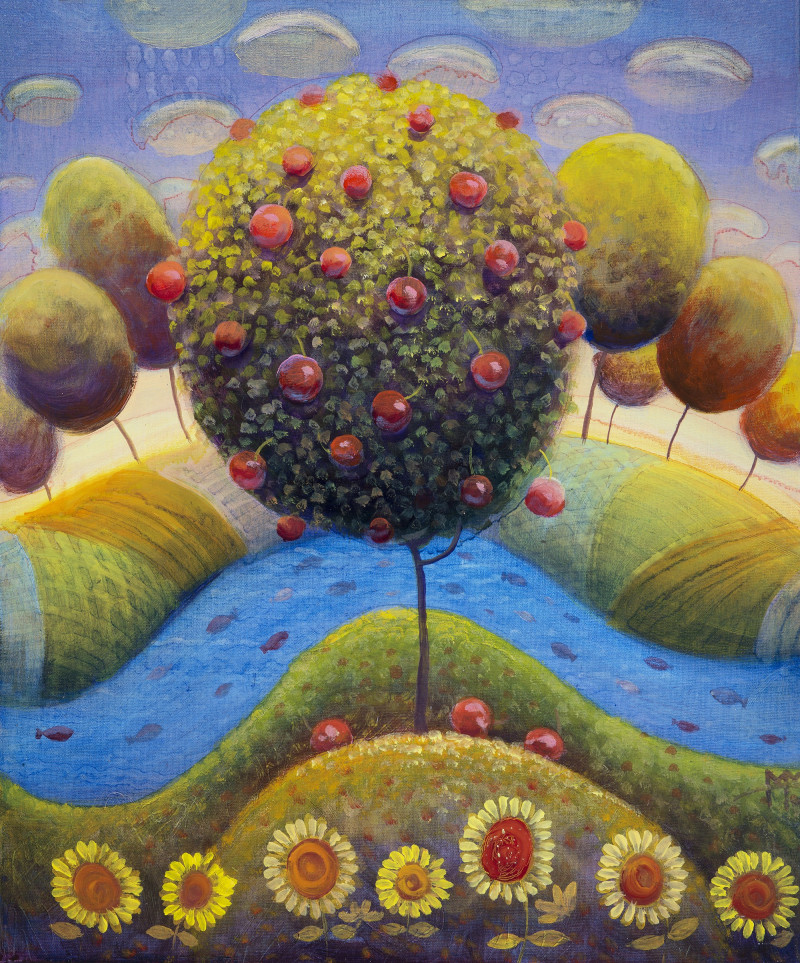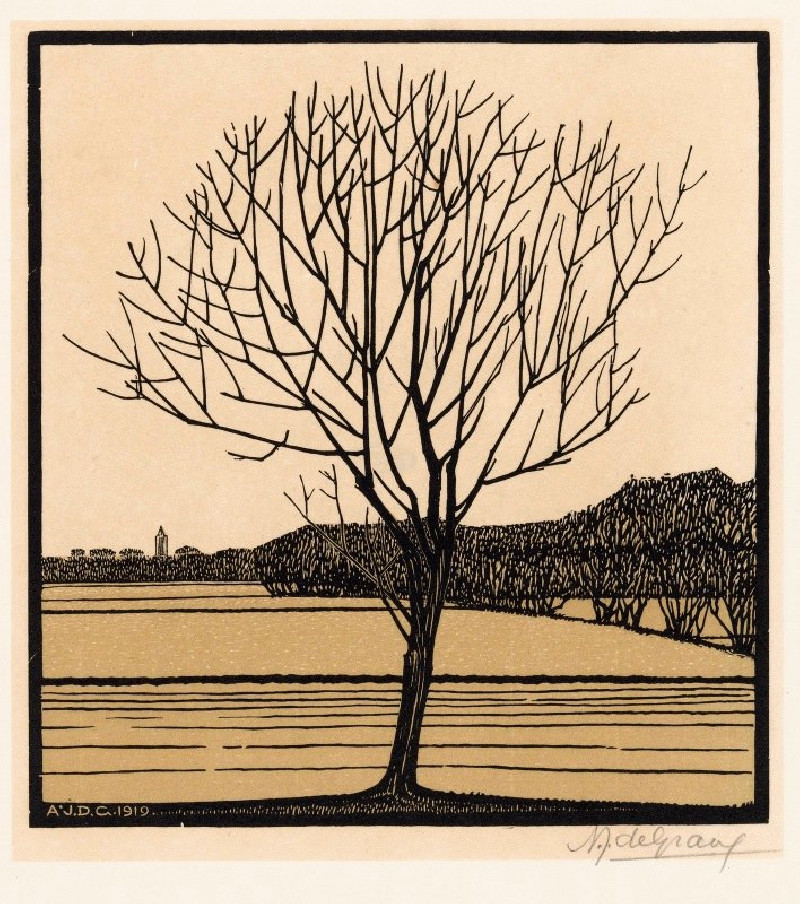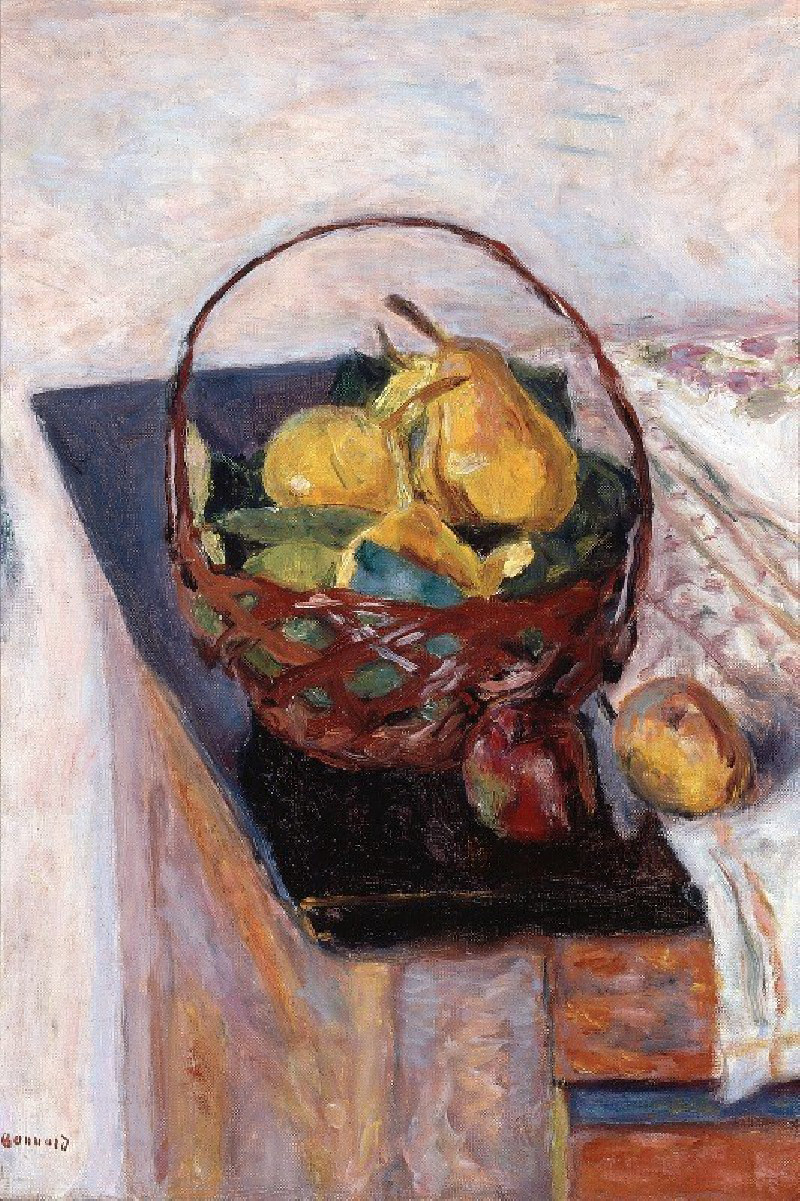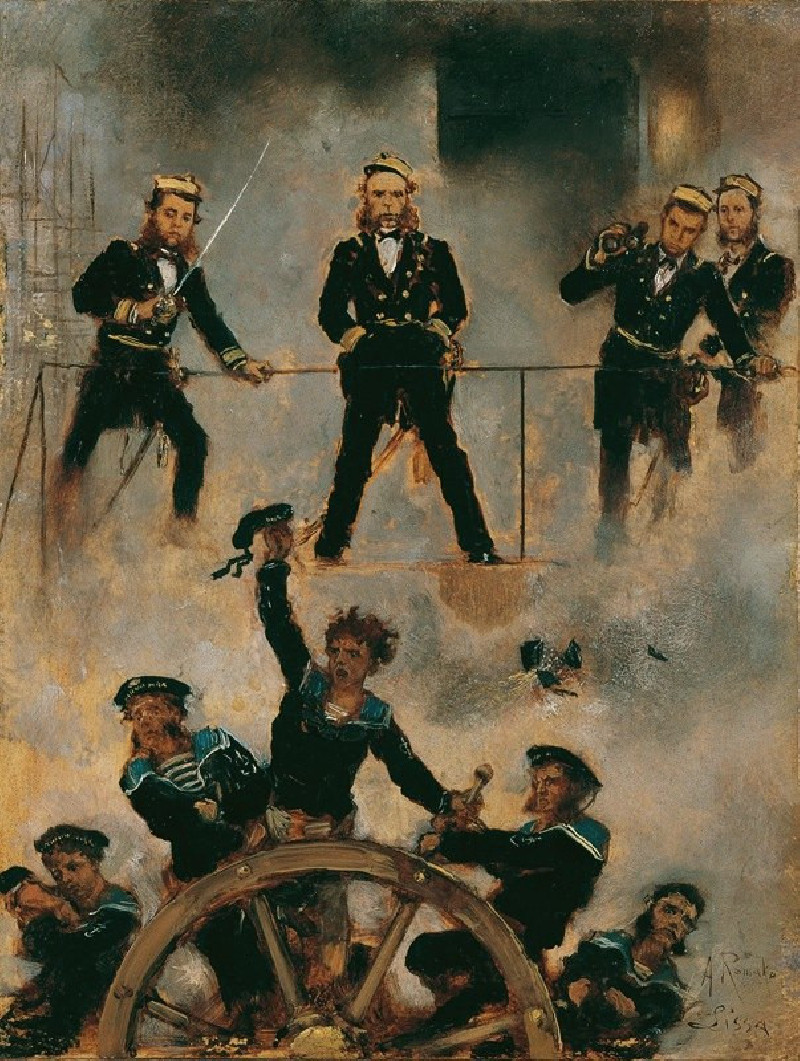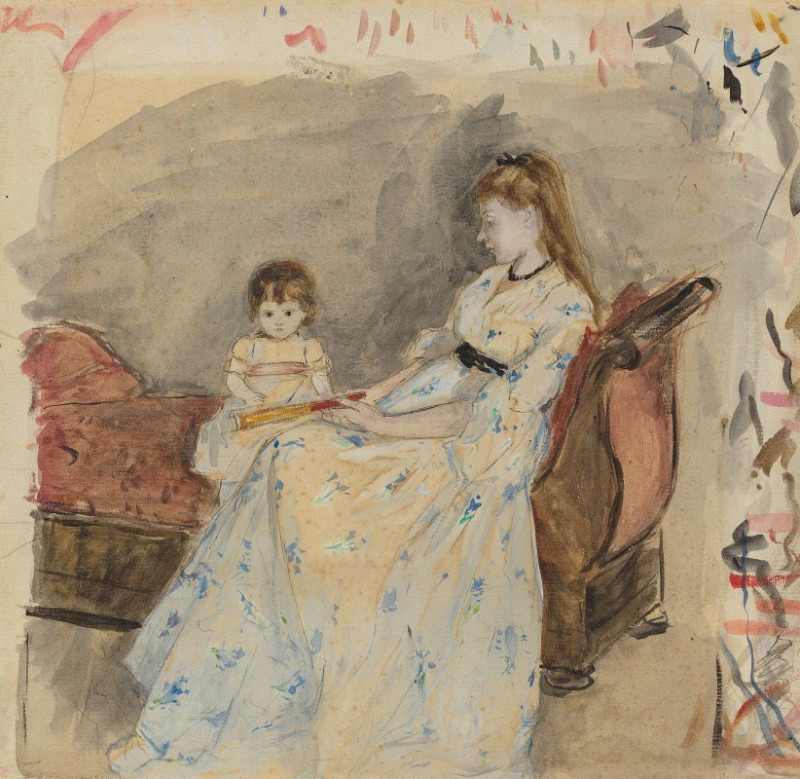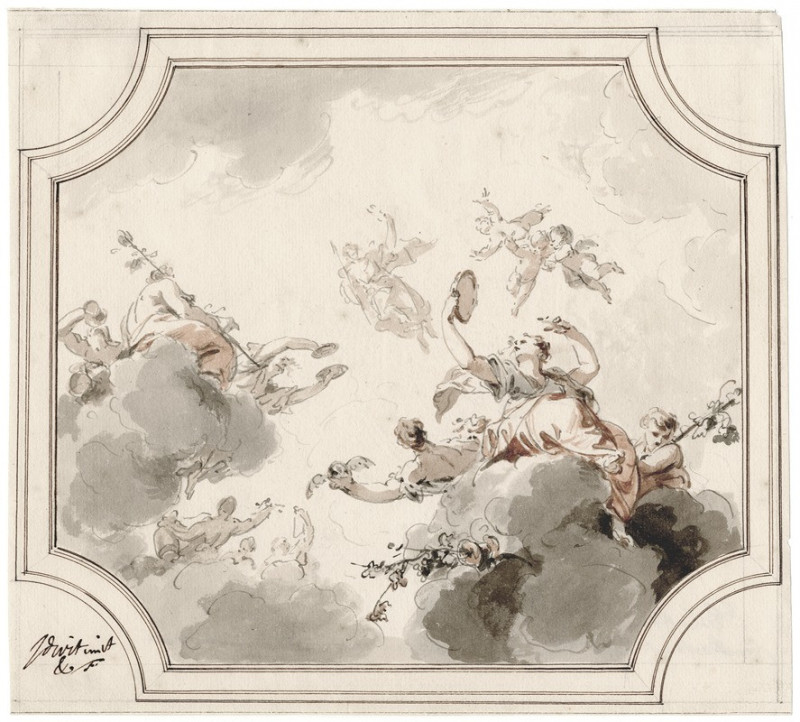Der Nemisee (1843)
Technique: Giclée quality print
Recommended by our customers
More about this artwork
Jean-Baptiste-Camille Corot’s "Der Nemisee," painted in 1843, is a splendid example of the artist's pioneering approach to landscape painting that influenced the impressionist movement later. This serene portrayal invites viewers into a tranquil, natural setting where the dominant foreground is framed by lush, dense trees that partly obscure and complement the soft, reflective surface of Lake Nemi, famously located in the Italian countryside.In this composition, the trees arch gracefully over the water, creating a natural window that draws the eye towards the misty hills in the distance, under a subtle sky that suggests the quiet early hours of morning or the muted light of an overcast day. Rich in shades of deep green and earthy browns, the painting captures the essence of a secluded haven far removed from the bustle of city life.Corot’s skillful handling of light and shadow, combined with a masterful use of color, evokes a sense of peaceful solitude. Each brushstroke works in harmony to portray the luminous quality of the atmosphere and the gentle movement of the air, setting an almost poetic scene.
Delivery
Returns
Jean-Baptiste-Camille Corot was a French landscape and portrait painter as well as a printmaker in etching. He is a pivotal figure in landscape painting and his vast output simultaneously references the Neo-Classical tradition and anticipates the plein-air innovations of Impressionism.

